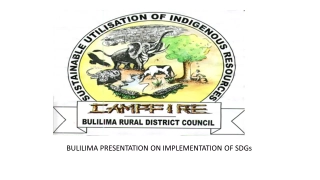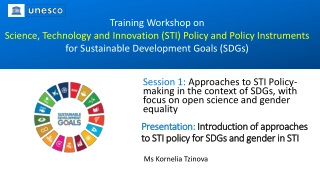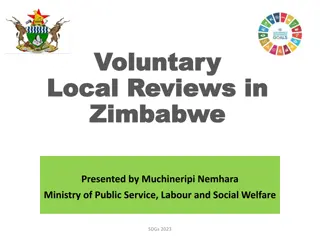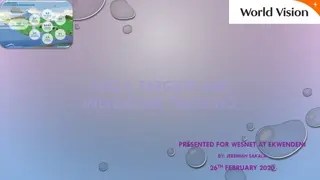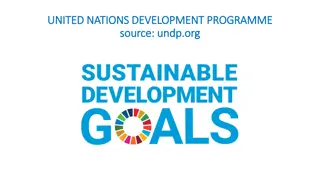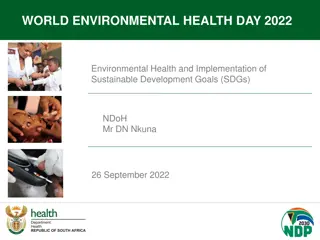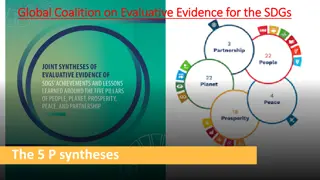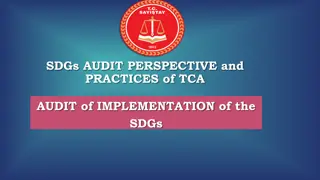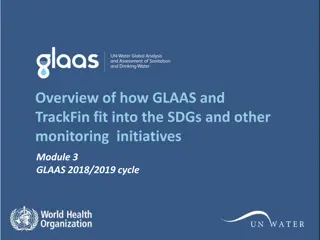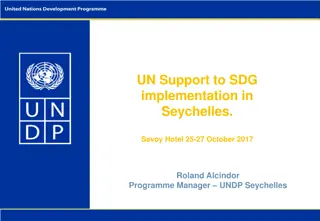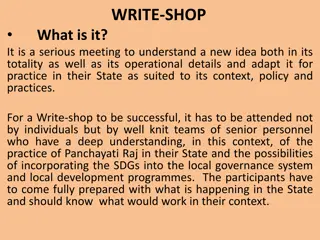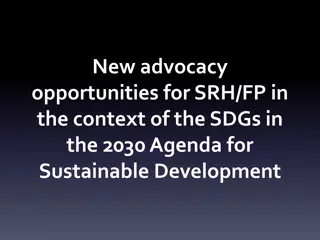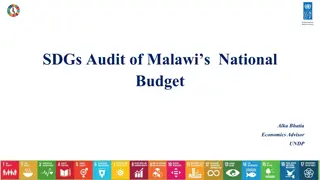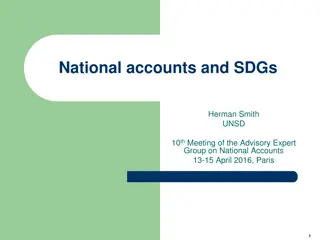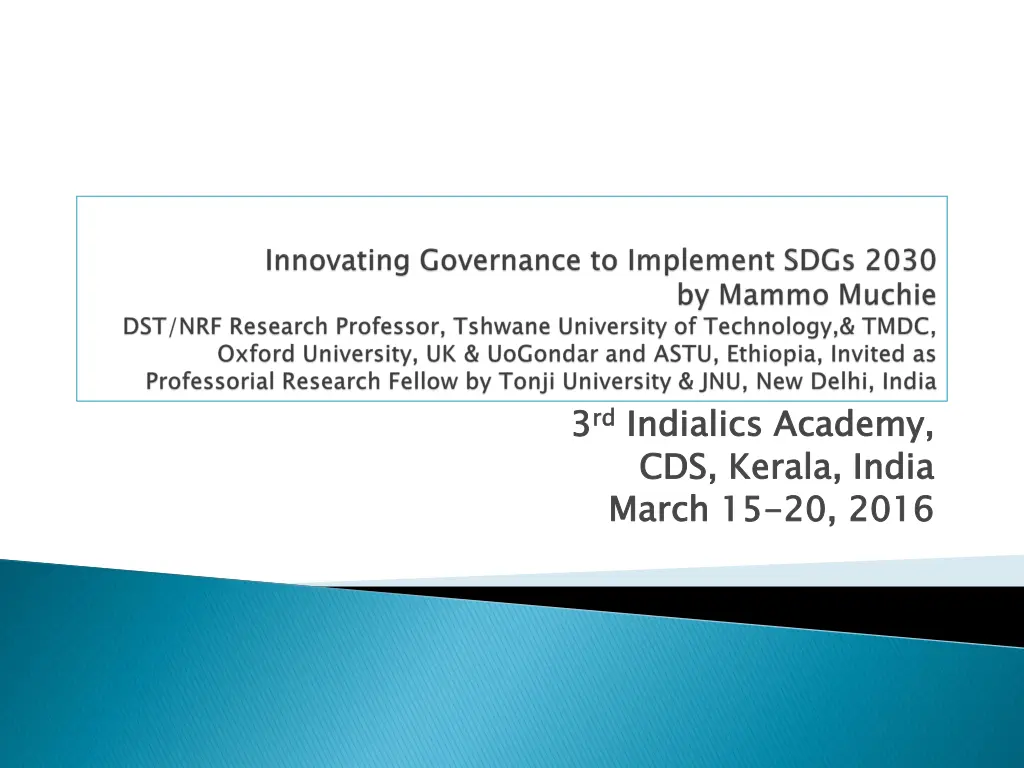
Challenges and Pathways to Sustainable Development: A Global Perspective
Explore the challenges and pathways to sustainable development, examining the responsibilities of developed and developing countries, the impact of economic growth on the environment, and the need for green industrialization. Discover how a shift towards economic growth with environmental stewardship is essential for a sustainable future.
Download Presentation

Please find below an Image/Link to download the presentation.
The content on the website is provided AS IS for your information and personal use only. It may not be sold, licensed, or shared on other websites without obtaining consent from the author. If you encounter any issues during the download, it is possible that the publisher has removed the file from their server.
You are allowed to download the files provided on this website for personal or commercial use, subject to the condition that they are used lawfully. All files are the property of their respective owners.
The content on the website is provided AS IS for your information and personal use only. It may not be sold, licensed, or shared on other websites without obtaining consent from the author.
E N D
Presentation Transcript
3 3rd rdIndialics CDS, Kerala, India March 15 Indialics Academy, CDS, Kerala, India March 15- -20, 2016 Academy, 20, 2016
Useful quotes Background Governance Challenges From Declaration to Implementation Some Concluding Thoughts
Sustainable future we want for all. It offers a framework to generate economic growth, achieve social justice, exercise environmental stewardship and strengthen governance. ( (Ban Ki Sustainable development is the pathway to the future we want for all. It offers a framework to generate economic growth, achieve social justice, exercise environmental stewardship and strengthen governance. Ban Ki- -moon development is the pathway to the moon) )
In view of the different contributions to global environmental degradation states have common but differentiated responsibilities. The developed countries acknowledge the responsibility that they bear in the international pursuit to sustainable development in view of the pressures their societies place on the global environment and of the technologies and financial resources they command
Economic growth has not included nature safety as a primary goal The developed world industrialised at the cost of nature They still continue to develop without undergoing a paradigm shift with the way economic growth continues to impact on the environment They need to bear heavy responsibility for the cost they caused against nature
The developing world is on the path to industrialise They need not repeat what the already developed world did to have industrialised by causing costly damage to nature They need to innovate green industrialisation The innovation requires fundamental re-thinking of how to combine economic growth with environmental security A new path that requires re-imaging a totally green innovative economic growth path and process is essential to save the planet
Economic growth was achieved by creating unemployment, poverty and inequality Cost to nature and cost to human well-being still remain the scar to all the material and economic growth achievements we all see around us Innovating an economic growth paradigm that reverses this injustice to humanity and nature is critical Wellbeing multiplication not subtraction, nature safety rather than damage must re-engineer the whole economic growth doctrine
Not only market Not only planning Combine them Not only state Not only private Find a way to link them Not only politics or economics-synergise them A new system that synthesises with creativity and innovation state with private, market with planning and economics with politics is critical to make a difference in preserving nature and sustaining human-wellbeing!
Making profit through market validation is not enough Social and environmental validation must be equally added. Validate any economic gain by an equal social, environmental and social gain Economic gain alone is not sufficient All gains must be combined The validation of economic success must be measured with both nature and human wellbeing A new equation: F(Total Gain)=f(human wellbeing)+f(nature)+ f(economics)
Declaring aspirational goals is easy Implementing them is a real challenge Failure to implement is not just related to lack of follow up and routine mishaps It is more serious. The economic system is built on narrow economic calculation and needs to be aligned to meet the SDG goals That is a real challenge: how to transform the economic system to include nature and human wellbeing To create an economic system that eliminates inequality, poverty , unemployment and bring nature safety
All UN member states approved the goal to build effective, accountable and inclusive institutions at all levels and committed to develop action plans to achieve targets that substantially reduce corruption , practice responsive, inclusive and participatory decision making , and ensure public access to information and SDGs are aspirational goals to make all benchmark their own policies how to reach them.
There is still no universally accepted measure of indicators of governance State administrative and legal capabilities differ even within a country let alone amongst countries Governance conceptual frame also vary State and market, private and public , economics and politics compete Secular vs religious influence to governance matter How do all these varied factors impact in implementing SDGs?
Why were countries not on track in meeting the MDGs Some were on track, others were off-track and others in between Declaring with the SDGs now 17 aspirational goals and 169 targets is fine But lessons from the on track, off track and half-track cases of MDGs are relevant for SDGs For the SDGs means of implementation are also indicated, how will the implementation be implemented? SDGs require renewing new patterns of global partnership They require continuous monitoring and reviewing the journey and the process
All countries-poor and rich, developed, transition and developing are to join together not apart from each other No one is expected not to be excluded All development must be sustainable and inclusive of youth, women and nature Sustainable development for global Security community to deal with governance improvement to address all types of conflicts New partnerships are needed as environmental security requires boundary transgression , not border enclosure
Open Government Partnership (OGP) To end poverty and end human rights violations 66 countries are members and 28 are eligible To provide access to information, citizen engagement, public official assets disclosure, fiscal transparency
Global partnership for Social Accountability(GPSA) 46 countries are partners They allow civil society organisations to monitor Government policy and implementation For SDGs to be implemented more of these initiatives are needed
What is good governance: is there a universal consensus? Tradition vs. modernity, indigenous vs. Western norms, Secularity vs. religious Effective Governance: How is effectiveness measured? Equitable Governance: how is this measured? Finland will pay everyone in the country $876.00 a month For me, a basic income means simplifying the social security system (Finnish PM Juha Siplia)
Systems, Governance, Institutions and leadership have to be coherent Countries have varied systems from traditional to state dominated or market dominated variants The institutions also vary with many in developing countries run by unpredictable ways of how transitions and changes take place There have been regime changes, but regime building has been not easy(e.g. Libya, Iraq and so on) A variety of Leadership that lacks moral and intellectual intelligence and imagination still exists SDGs to be implemented from being aspirations, need systems, institutions, leadership and governance coherence and synergy.
Declaration is easy, implementation not so Will all countries that sign incorporate SDGs in their national strategies and pursue consistently the 17 goals Generate annually clear indictors to measure success and failure Make available the needed resources And make their institutions to deliver Learn from the failures of MDGs to make SDGs successful Address the economic system s impact on SDGs Let us see from 2015-2030: what success will ensue?
Thank you, Amsegnalehu, Asante Sana Mammo Muchie www.pati-global.com www.sarchi-steid.org.za http://www.tandfonline.com/toc/rajs20/curren t https://mobile.twitter.com/ajstid1 http://www.nesglobal.org/eejrif4/index.php?jo urnal=admin


